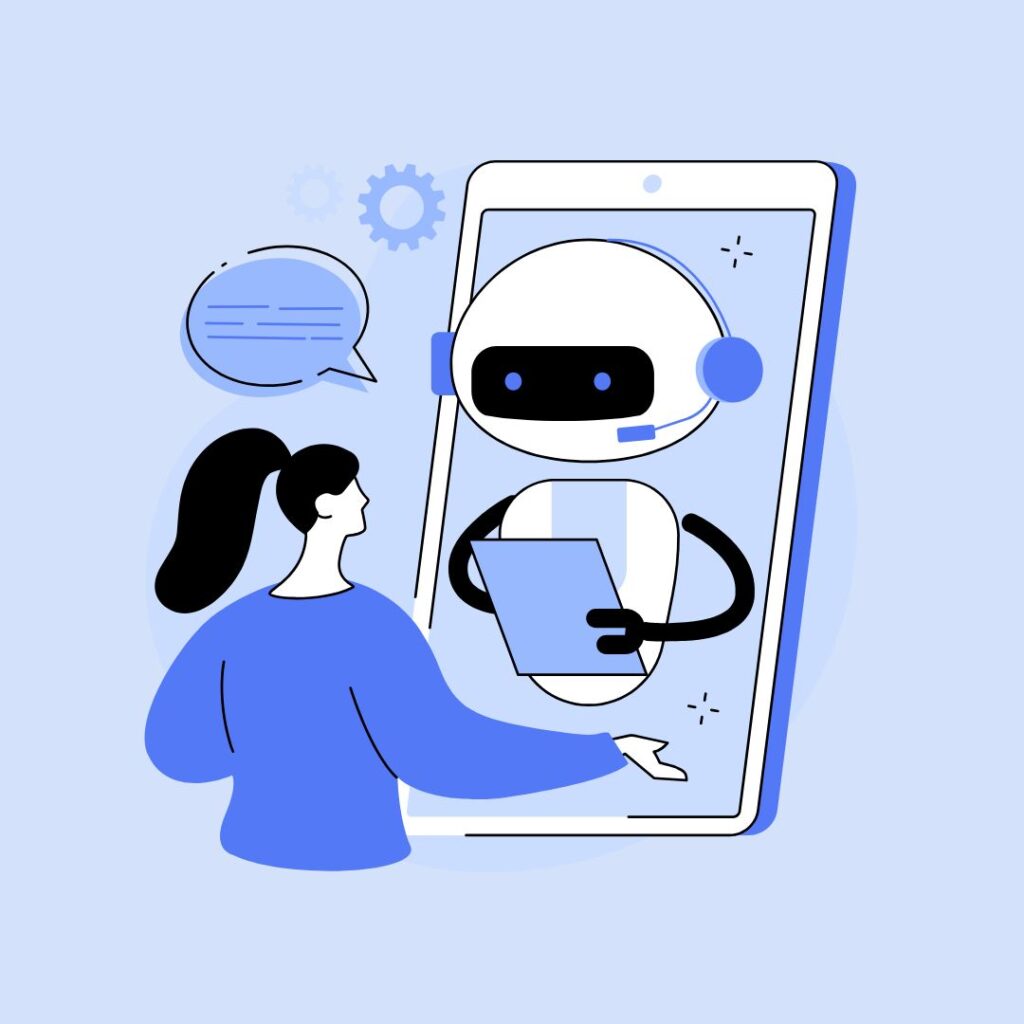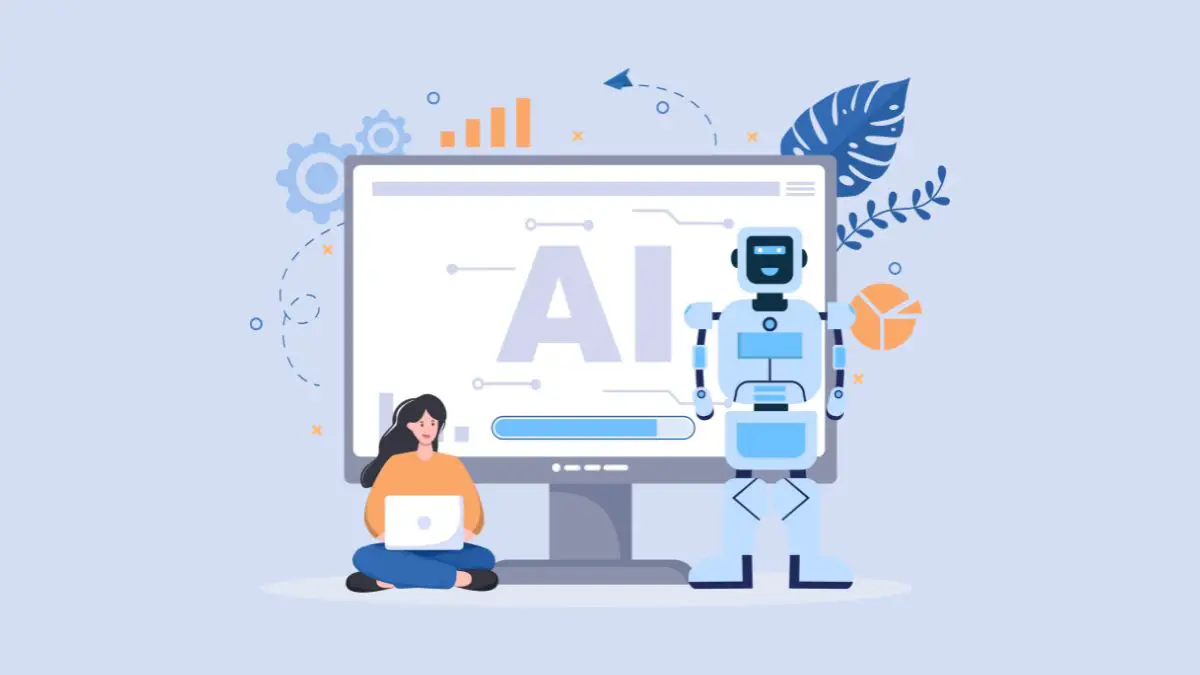Table of Contents
- Early Automation: The First Steps of AI in Publishing
- AI in Content Creation: From Data to Narrative
- AI in Editing and Proofreading
- AI in Personalization and Reader Engagement
- AI in Publishing Operations and Distribution
- Ethical Considerations and Future Challenges
- Conclusion
Artificial Intelligence (AI) has significantly transformed the publishing industry, reshaping how content is created, edited, distributed, and consumed. What began as simple automation tools has evolved into sophisticated AI-driven systems capable of generating human-like text, improving editorial workflows, and personalizing reader experiences.
The integration of AI has not only enhanced efficiency but also opened new possibilities for content production and audience engagement. This article explores the evolution of AI in publishing, tracing its development from early automation to advanced AI-powered tools and discussing the challenges and opportunities it presents.
Early Automation: The First Steps of AI in Publishing
The earliest applications of AI in publishing were relatively simple, focusing primarily on automating repetitive tasks. One of the first significant contributions of AI was spell-checking and grammar correction tools, which helped writers and editors refine their work more efficiently. Programs like Microsoft Word’s grammar checker and later, more advanced tools like Grammarly, provided automated proofreading, significantly reducing the time spent on manual corrections.
During this early phase, AI also helped automate data-driven content generation. News agencies and financial institutions started using AI to generate reports based on structured data, such as stock market trends, sports scores, and weather updates. These early AI systems were formulaic, producing content based on predefined templates, but they paved the way for more sophisticated AI-generated writing in later years.
Additionally, AI was instrumental in organizing and categorizing content through automated indexing and metadata tagging. Digital libraries and online archives rely on AI to sort and classify vast information, making content more accessible to readers. Although these initial AI applications were limited in creativity, they laid the foundation for future advancements in the publishing industry.
AI in Content Creation: From Data to Narrative
As AI technology advanced, it moved beyond basic automation and contributed directly to content creation. The development of Natural Language Processing (NLP) was a major breakthrough, enabling AI to understand and generate human-like text. Sophisticated AI models, such as OpenAI’s GPT series and Google’s BERT, allowed machines to analyze and interpret language with remarkable accuracy, generating written content that closely resembled human writing.
News organizations quickly adopted AI-powered journalism, particularly for reporting data-heavy topics such as financial earnings, sports recaps, and election results. Leading news agencies like The Associated Press (AP) and Reuters implemented AI tools that could automatically generate articles based on raw data, freeing up human journalists to focus on more in-depth investigative work.
Beyond journalism, AI has also been integrated into creative writing. AI-assisted platforms such as Jasper and Sudowrite provide writers with suggestions for plot development, character dialogue, and stylistic improvements. While AI-generated books and articles are still debatable regarding authenticity and originality, these tools have proven helpful in helping authors streamline the writing process and overcome creative blocks.
AI in Editing and Proofreading
One of the most widely adopted applications of AI in publishing is in the realm of editing and proofreading. Traditional proofreading can be time-consuming and prone to human error, but AI-driven tools have revolutionized this aspect of the publishing process. Advanced editing software, such as Grammarly and ProWritingAid, goes beyond basic spelling and grammar checks by offering context-aware recommendations for sentence structure, tone, and clarity.
These AI-powered editors can analyze text in real time, providing suggestions based on the target audience and writing style. They help writers maintain consistency in tone and improve readability, making them invaluable tools for both professional editors and independent writers. Additionally, AI plays a crucial role in plagiarism detection. Platforms like Turnitin and Copyscape use AI algorithms to scan vast existing content databases, ensuring originality and preventing intellectual property violations.
While AI can enhance editing, it does not replace human editors. Instead, it acts as a complementary tool that helps streamline the revision process, allowing editors to focus on more nuanced aspects of writing, such as storytelling, coherence, and emotional impact.
AI in Personalization and Reader Engagement
AI has not only transformed content creation and editing but has also revolutionized the way readers engage with published materials. Personalization has become a key feature of digital publishing, allowing content to be tailored to individual preferences and reading habits.
AI-powered recommendation algorithms are now an integral part of platforms like Amazon Kindle, Apple Books, and Audible. These systems analyze user behavior, including past purchases, reading history, and preferences, to suggest books that align with a reader’s interests. By delivering personalized recommendations, AI enhances the reader’s experience and encourages greater engagement with digital content.
Additionally, AI has played a significant role in the development of adaptive learning and interactive content, particularly in educational publishing. Digital textbooks and e-learning platforms use AI to assess a learner’s progress and adjust content accordingly. For example, AI-driven educational tools can identify areas where a student struggles and provide targeted exercises to reinforce learning. This personalized approach has made learning more effective and accessible.
Another notable application of AI in reader engagement is the use of AI-powered chatbots and virtual assistants. Publishing companies have implemented chatbots on their websites and apps to assist readers with book recommendations, customer service inquiries, and even interactive storytelling experiences. These AI-driven interactions create a more immersive and user-friendly reading environment.
AI in Publishing Operations and Distribution
Beyond content creation and personalization, AI has significantly improved the operational and distribution aspects of the publishing industry. Traditionally, book formatting, cover design, and page layout required manual effort from designers and typesetters. However, AI-powered tools now assist in automating these processes, allowing publishers to produce high-quality content more efficiently.
Marketing and audience targeting have also benefited from AI integration. AI-driven analytics tools analyze consumer data, helping publishers refine their marketing strategies. By understanding reader demographics, preferences, and online behavior, AI enables more effective book promotions, personalized email campaigns, and targeted advertising. This data-driven approach maximizes engagement and improves sales performance.
In terms of supply chain management, AI plays a crucial role in predicting demand and optimizing inventory management. By analyzing market trends and purchasing patterns, AI helps publishers determine the right quantity of books to print and distribute, minimizing waste and ensuring that books are available in the right locations at the right time. This level of automation has streamlined the logistics of publishing and made book distribution more efficient.
Ethical Considerations and Future Challenges
While AI offers numerous benefits to the publishing industry, it also presents several ethical and practical challenges. One of the primary concerns is authenticity and authorship. As AI-generated content becomes increasingly sophisticated, it becomes more difficult to distinguish between human-written and AI-generated text. This raises questions about intellectual property rights, originality, and the role of AI in creative fields.
Another major issue is bias in AI models. AI systems learn from vast amounts of existing data, and if that data contains biases, AI can inadvertently reinforce them. This particularly concerns journalism and educational publishing, where fairness and objectivity are crucial. Developers and publishers must take proactive measures to ensure that AI-generated content remains unbiased and inclusive.

Additionally, the increasing use of AI in publishing has sparked concerns about job displacement. While AI can enhance productivity, there is a fear that automation may reduce the demand for human writers, editors, and designers. However, many experts argue that AI will not replace human creativity but will instead be a powerful tool that complements human skills. The challenge lies in finding the right balance between AI-driven efficiency and human artistic expression.
Conclusion
AI has come a long way in transforming the publishing industry, from automating basic tasks to playing an active role in content creation, editing, and reader engagement. As technology continues to advance, AI is expected to become even more integrated into publishing processes, enhancing efficiency and enabling new forms of storytelling.
However, the future of AI in publishing must be approached with careful consideration. While AI can enhance productivity and innovation, it should not replace human creativity and ethical judgment. Publishers, writers, and technologists must work together to ensure that AI is used responsibly, maintaining the integrity and authenticity of published content.
Ultimately, AI will not replace the art of storytelling but will serve as a powerful tool that supports and amplifies human creativity, paving the way for a more dynamic and personalized reading experience in the years to come.

3 thoughts on “The Evolution of AI in Publishing”